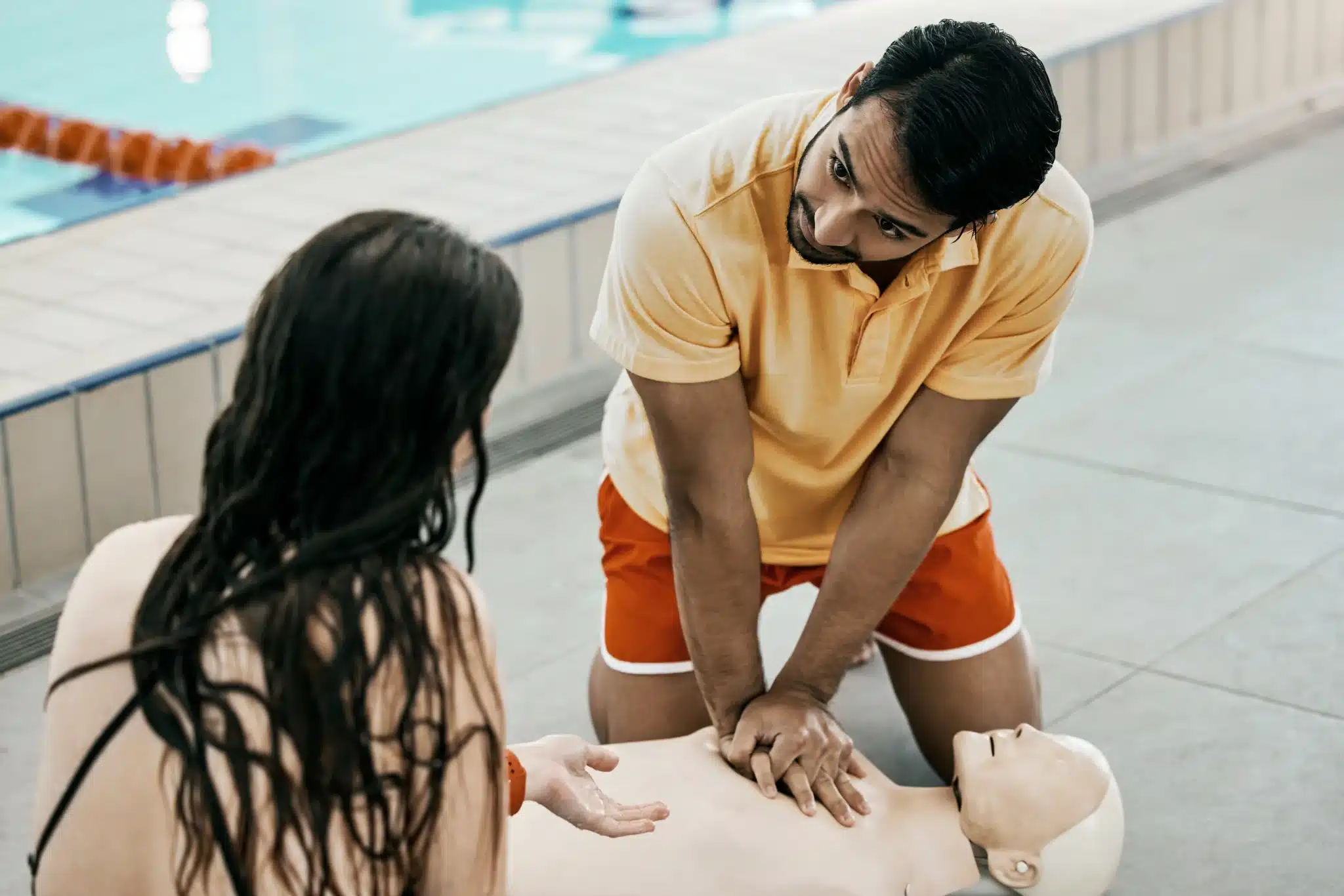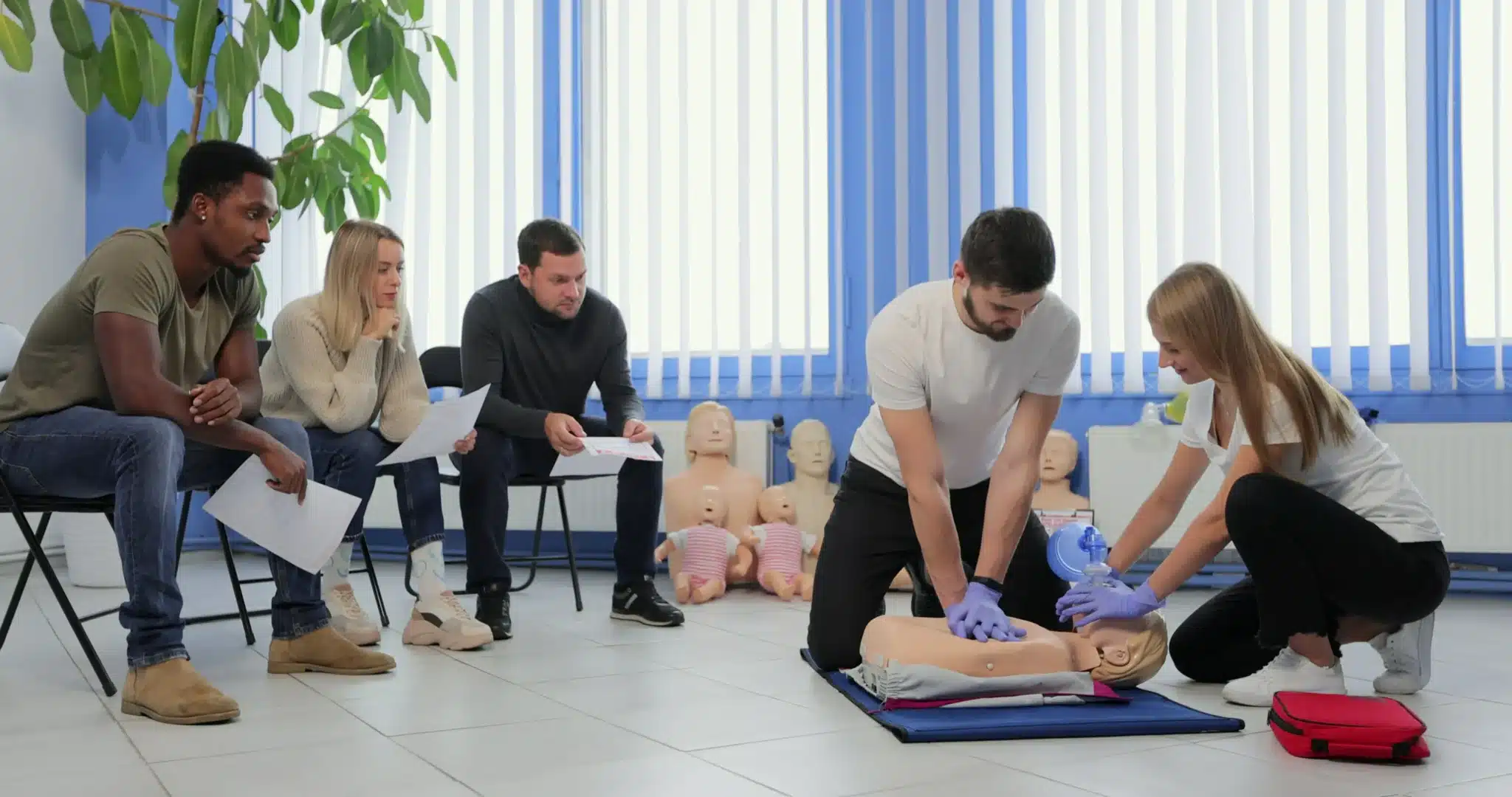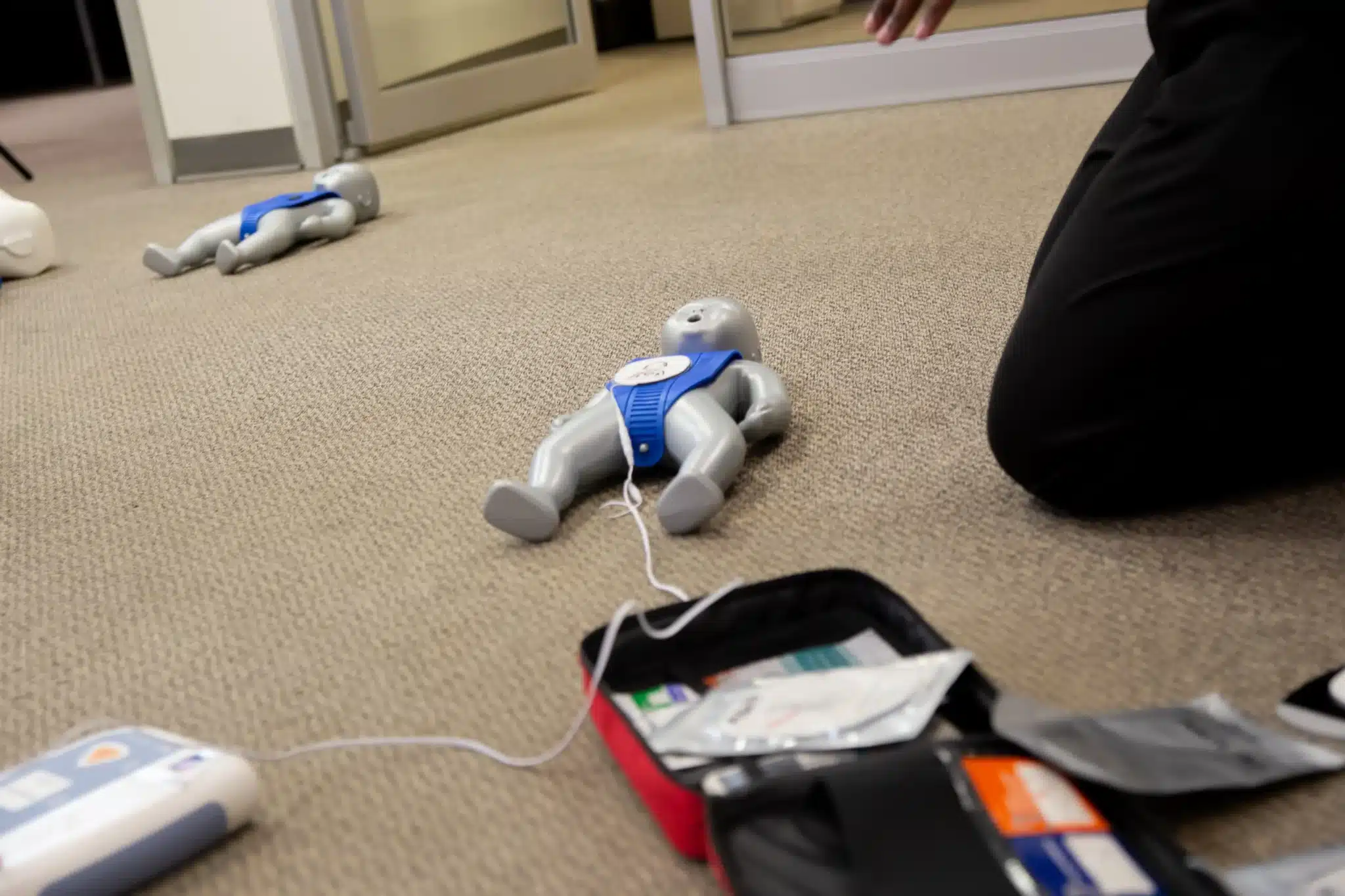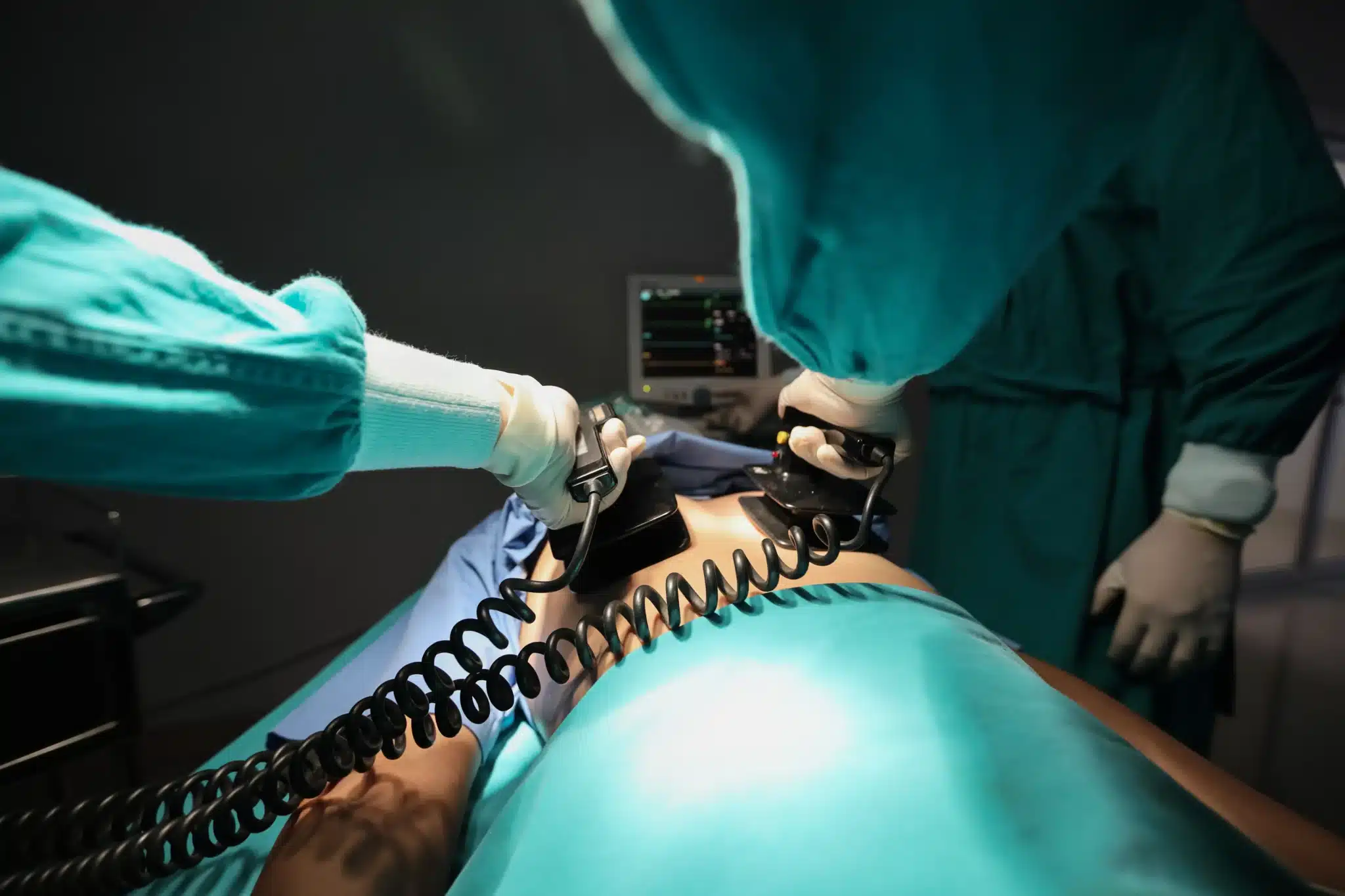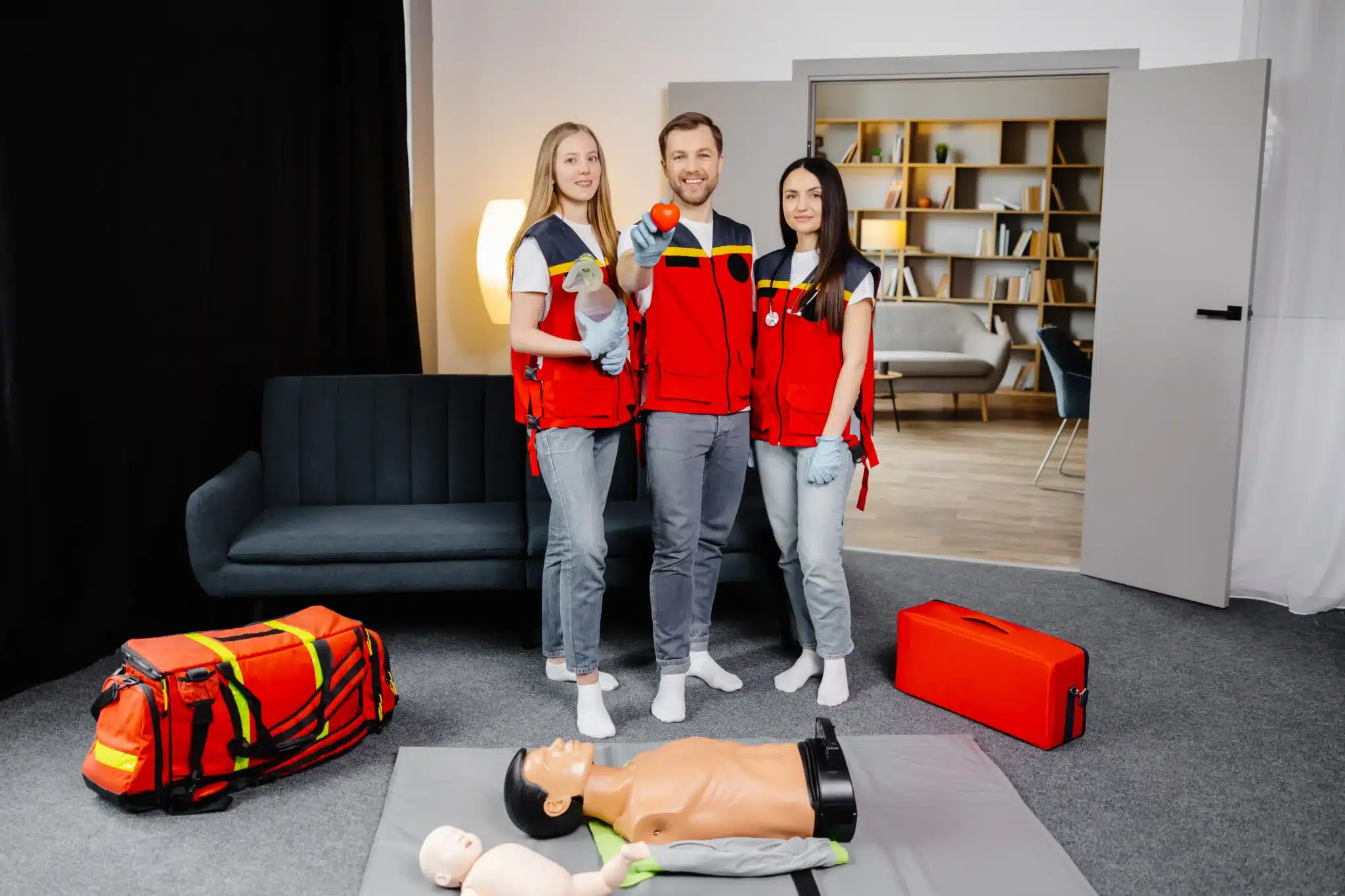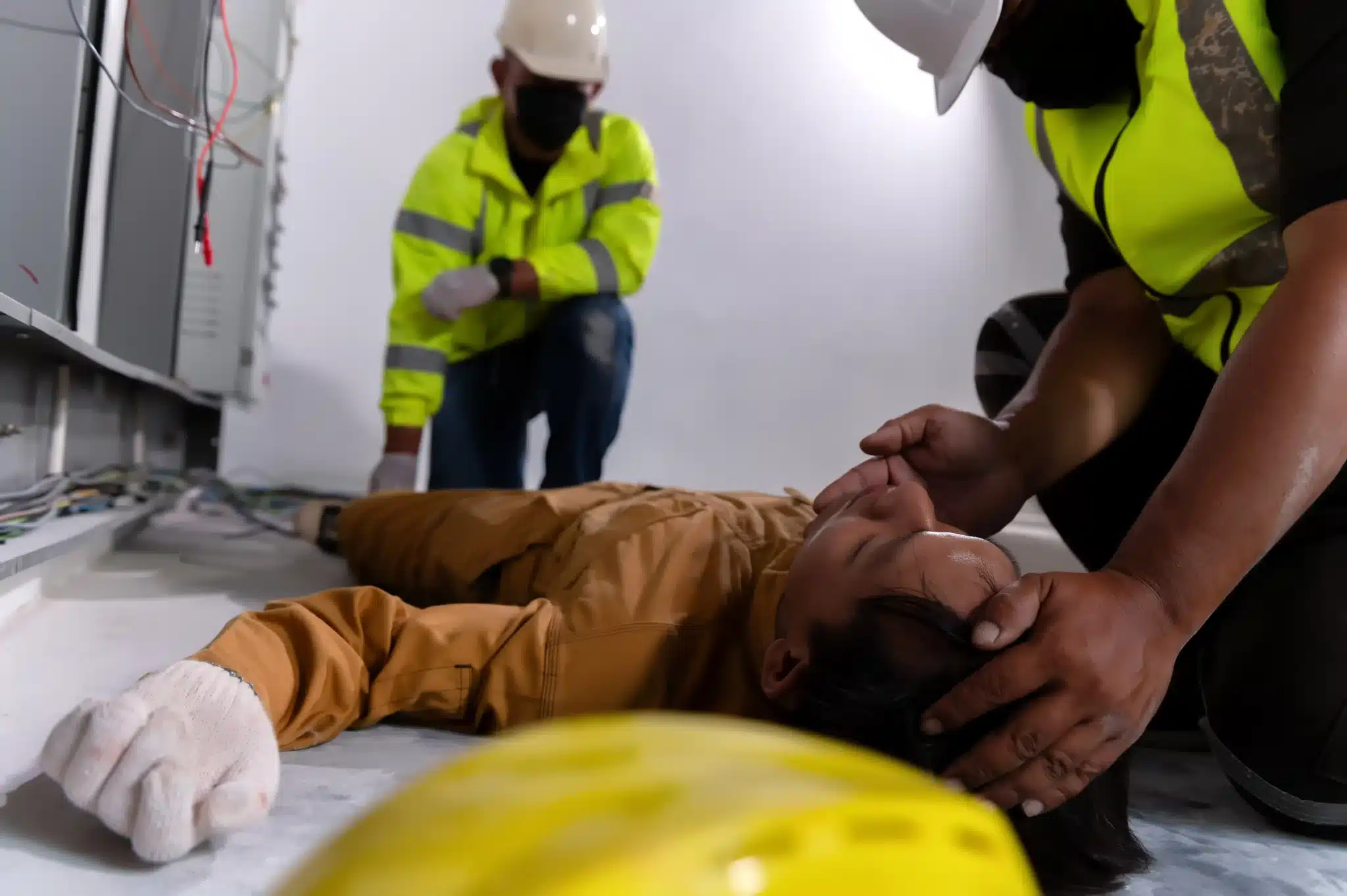Cardiopulmonary resuscitation, or CPR, is a crucial skill everyone should know. Yet, myths surrounding it persist, causing confusion and hesitation. This post will debunk common CPR myths, empowering you with accurate knowledge and potentially saving lives.
The Myth of Chest Compressions
Some believe chest compressions should only be performed by professionals. This myth deters many from taking action during emergencies. In truth, immediate chest compressions, even by untrained individuals, can sustain blood flow until help arrives. A study by the American Heart Association shows that bystander CPR significantly increases survival rates.
Mouth-to-Mouth Misunderstandings
Many think mouth-to-mouth resuscitation is essential in every CPR situation. However, the focus has shifted to hands-only CPR, especially for adults. Research indicates that chest compressions alone can be just as effective in the first few minutes of cardiac arrest. Remember, keeping it simple can save lives.
Only Professionals Can Perform CPR
A widespread misconception is that CPR should only be performed by healthcare professionals. In reality, anyone—trained or not—can and should perform CPR when necessary. Quick action is crucial; the sooner CPR begins, the better the odds of recovery.
Age Limits on CPR Skills
Some believe children and teens can’t learn CPR effectively. This myth undermines the potential of young lifesavers. Many programs, like those in schools, successfully train students to perform CPR confidently. The younger the training begins, the more lives we can save.
Fear of Doing Harm
A common fear is that performing CPR might harm the victim further. While rib fractures can occur, the priority is saving a life. Not performing CPR could result in much worse outcomes. If someone is unresponsive and not breathing, pressing hard and fast can make all the difference.
Costly CPR Training
People often think CPR training is expensive. However, numerous free or low-cost classes are available through local organizations, community centers, and online platforms. Investing time in learning CPR is invaluable, potentially saving a life.
The Myth of Perfect CPR
Many are intimidated by the idea of performing perfect CPR. While technique is important, even imperfect CPR is better than none. The key is to act swiftly and continue until professional help arrives.
CPR and Liability Concerns
Fear of legal repercussions keeps some from performing CPR. Good Samaritan laws exist in many places to protect those who assist in emergencies. These laws encourage people to help without fear of legal consequences.
AEDs Are Only for Professionals
Automated External Defibrillators (AEDs) are designed for public use, yet some believe they’re only for professionals. AEDs provide clear instructions and can be used by anyone in an emergency. They are safe and can restore a normal heart rhythm effectively.
CPR Is Outdated
The notion that CPR techniques have become outdated is far from true. Guidelines are regularly updated based on the latest research to improve efficacy and outcomes. Staying informed about current practices ensures you’re ready to help when needed.
CPR Certification Once Is Enough
Another myth is that once you’re certified, you’re always prepared. CPR skills can diminish over time. It’s important to renew certification regularly to refresh your skills and stay abreast of any changes in procedures.
CPR Only Works for Certain People
The belief that CPR only works on certain individuals is misleading. While outcomes can vary, performing CPR greatly increases the chances of survival for anyone experiencing cardiac arrest, regardless of age or health status.
CPR Is Only for Heart Attacks
CPR is not only for heart attacks but also for any situation where someone’s heart stops beating or they stop breathing, such as drowning or choking. Knowing when and how to act broadens the scope of your life-saving capabilities.
You Can’t Perform CPR on Yourself
While it’s rare, there are situations where self-CPR could be attempted. For instance, if alone and experiencing symptoms of a heart attack, coughing forcefully can create similar pressure as compressions, potentially maintaining consciousness until help arrives.
Conclusion
Understanding the truth behind these common CPR myths equips you to act confidently in emergencies. The ability to perform CPR can make a significant difference, turning a bystander into a lifesaver. Stay informed, consider regular training, and remember the power of immediate action. For more resources or to sign up for a CPR class, contact us at Safety Training Seminars.

